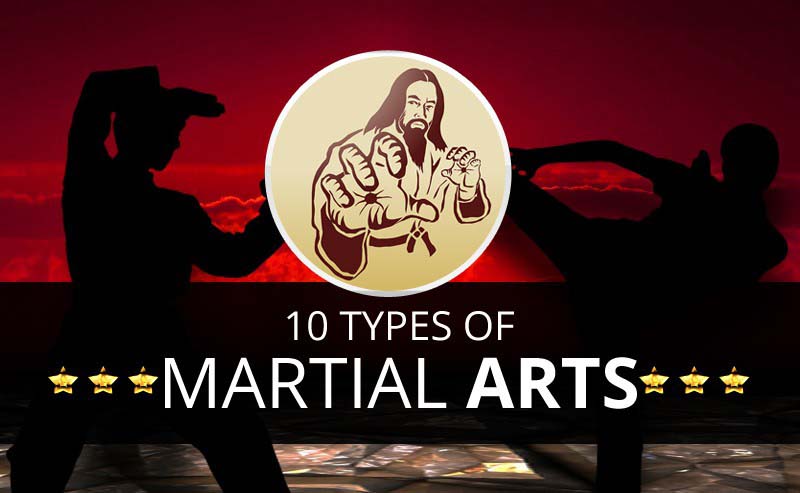Discovering The Rich Heritage And Spiritual Capacities Of Martial Arts
Discovering The Rich Heritage And Spiritual Capacities Of Martial Arts
Blog Article
Authored By- seronio kajukenbo into the ancient globe where martial arts were born out of necessity in diverse regions. Societies crafted distinct battling styles intertwined with historic contexts. Strategies progressed over centuries through committed practice and cultural exchanges. Today, modern-day martial arts blend typical elements for maximum efficiency. check here , martial arts highlight self-control, self-improvement, and harmony. Respect, humbleness, and balance are foundational concepts directing professionals in the direction of growth and strength. Explore karate schools for adults near me of this abundant history and approach to reveal the profound influences forming this enduring technique.
Beginnings of Fighting Style
Martial arts came from various regions worldwide, developing as useful fight systems to defend against dangers. These ancient fighting styles were developed out of necessity, with each society crafting methods matched to their one-of-a-kind environments and obstacles. From the grappling arts of Jujutsu in Japan to the striking strategies of Martial art in China, martial arts were deeply linked with the historic, social, and cultural fabric of their particular societies.
In Japan, the samurai course refined martial arts like Kenjutsu, the art of the sword, which later progressed into the more popularized kind of Kendo. Meanwhile, in Brazil, Capoeira became a blend of dancing and battle, produced by enslaved Africans as a means to resist oppression. Each martial art brings with it a rich history and philosophy, showing the values and beliefs of the people who exercised them.
As you explore the origins of martial arts, you uncover a tapestry of human resourcefulness, resilience, and the stubborn spirit of warriors throughout time.
Advancement of Methods
With centuries of technique and improvement, fight strategies within different martial arts have actually undertaken an extensive advancement. From old styles like Kung Fu and Karate to more contemporary self-controls such as Brazilian Jiu-Jitsu and Krav Maga, the evolution of techniques has been driven by a combination of social influences, useful applications, and technical developments.
One considerable facet of this evolution is the cross-pollination of techniques in between various martial arts. For instance, strategies from conventional Japanese Jiu-Jitsu were included into the production of Judo by Jigoro Kano in the late 19th century. This blending of styles has brought about the advancement of crossbreed martial arts like Mixed Martial Arts (MMA), which combine components of striking, grappling, and submission methods.
In addition, the advancement of methods has been shaped by the boosting emphasis on efficiency and performance in combat. Experts have continually sought to fine-tune their strategies through rigorous training, experimentation, and competitors, bring about the advancement of very specialized and efficient battling designs. In general, the evolution of methods in martial arts reflects the dynamic nature of fight and the continuous mission for improvement and advancement.
Philosophical Structures
Exploring the underlying thoughtful concepts of martial arts supplies understanding right into their core worths and leading beliefs. At the heart of many martial arts self-controls is the idea of technique itself. By educating your mind and body to act as one natural system, you cultivate technique that prolongs beyond the dojo or gym into daily life. This technique encompasses regard, humbleness, and self-constraint, forming not simply your physical capacities but likewise your character.
An additional fundamental philosophical foundation in martial arts is the concept of continual self-improvement. The journey of grasping a fighting style is endless, with practitioners constantly striving to better themselves, both physically and mentally. This concentrate on growth promotes strength, willpower, and a growth way of thinking that can be related to all facets of life.
Moreover, martial arts emphasize the relevance of harmony and balance. Strategies are made to utilize a challenger's power against them, highlighting the concept of yielding and rerouting pressure rather than fulfilling it head-on. This viewpoint reaches social partnerships, promoting peaceful resolutions and mutual understanding. By embracing these philosophical structures, martial musicians not only improve their battle skills however additionally cultivate a lifestyle centered on individual growth, respect, and harmony.
Conclusion
In conclusion, the history and ideology of martial arts use an abundant tapestry of practice, self-control, and self-improvement.
Consider example the tale of Bruce Lee, who changed martial arts by mixing various designs and viewpoints to produce his very own distinct form of Jeet Kune Do.
Through devotion and development, martial musicians remain to push borders and motivate others to reach their complete possibility both in battle and in life.
